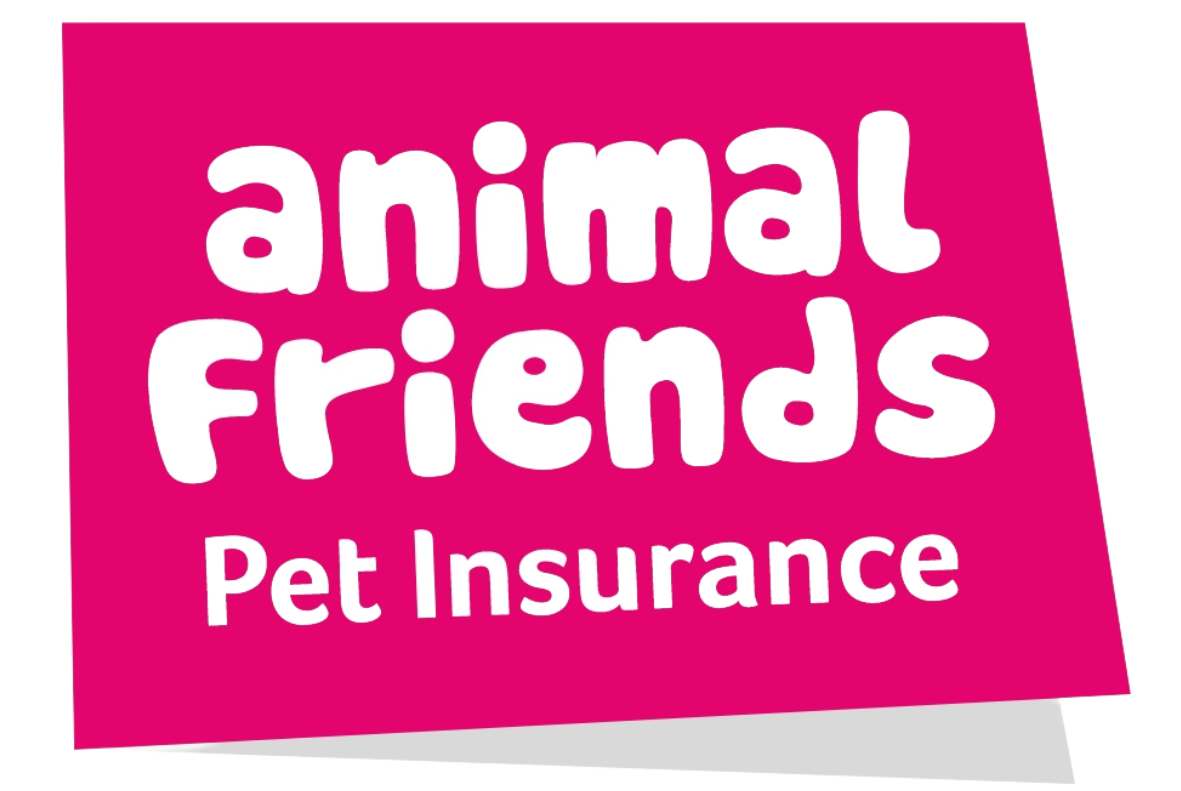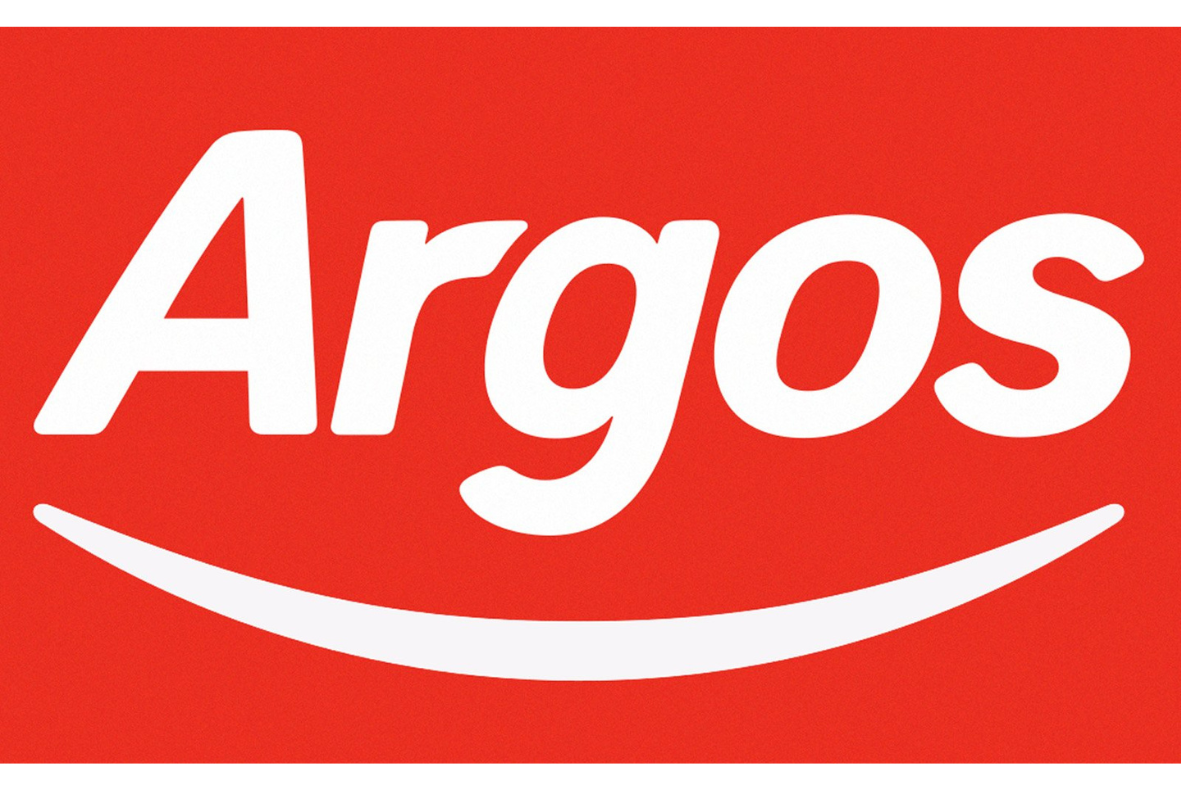Cheap Pet Insurance
- Compare 15 providers at once
- Prices from just £3.35* per month
- Top providers looking to help

Cheap Turkish Van Cat Pet Insurance

The Turkish Van is a rare and naturally occurring breed of cat originating from the Lake Van region in south-eastern Turkey. Its name refers to its distinctive colouring, with markings limited to the head and tail, while the rest of the body is white. This pattern is the result of a piebald white spotting gene. The Van has a semi-long coat that feels soft and silky, often compared to cashmere or bunny fur. Their coats adapt to the weather, growing thick in the winter and shedding during warmer months, while their full, bottlebrush-like tails remain year-round.
Turkish Vans are large, strong cats, with males reaching up to 20 pounds. Known for their muscular build, they are excellent jumpers, often able to reach high places with ease. Vans mature slowly, taking around 3 to 5 years to fully develop. Despite their size and strength, they have playful and curious personalities and are particularly known for their love of fetching.
One of their most interesting traits is their fascination with water, earning them the nickname "Swimming Cats." In their native Turkey, they were known to swim in Lake Van during the hot summers. While many Turkish Vans in the U.S. are indoor cats, they still exhibit a strong interest in water, often playing with water bowls or inventing their own "fishing" games.
The breed is intelligent, active, and loves to interact with people. Vans are known to form strong bonds with their owners and enjoy being part of everyday activities. Their energy and playful nature make them fun companions, though they can be a bit mischievous with their curiosity and climbing abilities.
Turkish Vans were first brought to the U.S. in 1982 and were officially recognised by the Cat Fanciers' Association (CFA) in 1994. Although rare, their gene pool remains healthy, thanks to ongoing imports from Turkey. Vans are sometimes compared to Turkish Angoras, but they are distinct breeds with different characteristics, such as eye colour and coat type. Overall, the Turkish Van is a playful, intelligent, and loyal breed that makes a wonderful companion for those who appreciate an active, engaging cat.
Just some of the great pet insurance brands included









